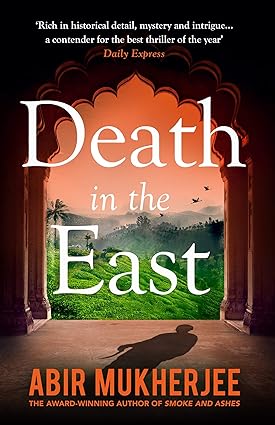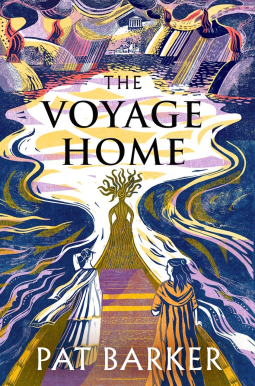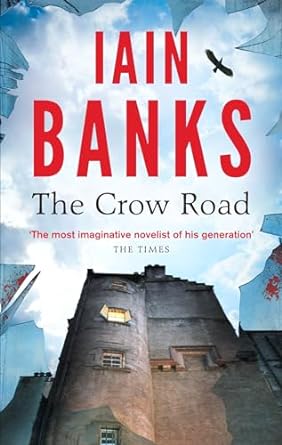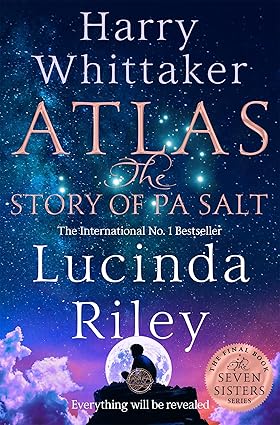This series keeps getting better and better, The Indigo Ghosts by Alys Clare is so captivating I read it in twenty-four hours, picking it up at every opportunity. Third in the Gabriel Tavernier historical mystery series, former ship’s surgeon and now Devon doctor Gabriel faces an inexplicable case that challenges all he believes in, and all he knows to be scientifically true. 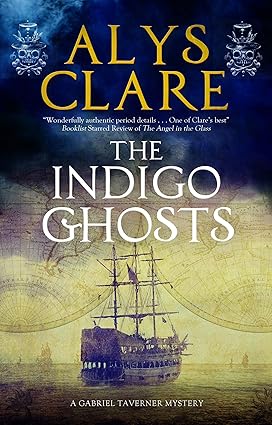 October 1604. Called urgently by his old captain, Zeke Colt, to visit his former ship the Falco, now docked in Plymouth, Gabe walks into an atmosphere of fear, panic and superstition. The ship, everyone on board says, is haunted by a bad spirit, malevolent, making everyone ill. There have been deaths, visions, blue-skinned ghosts, a disgusting miasma that has overwhelmed the air.
October 1604. Called urgently by his old captain, Zeke Colt, to visit his former ship the Falco, now docked in Plymouth, Gabe walks into an atmosphere of fear, panic and superstition. The ship, everyone on board says, is haunted by a bad spirit, malevolent, making everyone ill. There have been deaths, visions, blue-skinned ghosts, a disgusting miasma that has overwhelmed the air.
Firmly disbelieving the ghost theory, Gabe is confident there will be a factual, scientific answer. But exploring the darkest, tiniest space in the hold – three paces by two – he discovers the source of the stink, finds a dead body, and sees a crocodile. Gabe returns to the Falco the next day with local coroner, his friend Theophilus Davey, and the body is removed for examination. Meanwhile the ship’s crew empty the barrel of waste and clean the area. More discoveries are made, nothing makes sense.
A trail of discoveries unveils an explanation both rational and wild. There is talk of spirits, possession, dark magic and cruelty impossible to imagine. In search of facts, Gabe traces the Falco’s final journey around the Caribbean and back home to Devon, and then re-reads the journals he kept when he was a young seafaring doctor sailing the Caribbean Sea. A solution suggests itself but seems too far-fetched to be possible. Assisted by the silent detection of Theo’s assistant, spiritual support and guidance from the local minister, and suggestions from his sister Celia, Gabe edges towards an answer.
A smashing book. The Indigo Ghosts is a tale of slavery, torture, fear and the worst that man can do to man. It’s about faith and what it can make a man do. And its about the goodness of Gaberiel Taverner, searching for the truth while defending his family and loved ones. This is a very readable series, a bit different from anything else out there that I’ve found.
Here are my reviews of the first two novels in this series:-
A RUSTLE OF SILK BY ALYS CLARE #1GABRIELTAVERNER
THE ANGEL IN THE GLASS #2GABRIELTAVERNER
If you like this, try:-
‘A Good Deliverance’ by Toby Clements
‘The Last Runaway’ by Tracy Chevalier
‘The Armour of Light’ by Ken Follett #4KINGSBRIDGE
And if you’d like to tweet a link to THIS post, here’s my suggested tweet:
#BookReview THE INDIGO GHOSTS by Alys Clare https://wp.me/p2ZHJe-8HO via @SandraDanby


